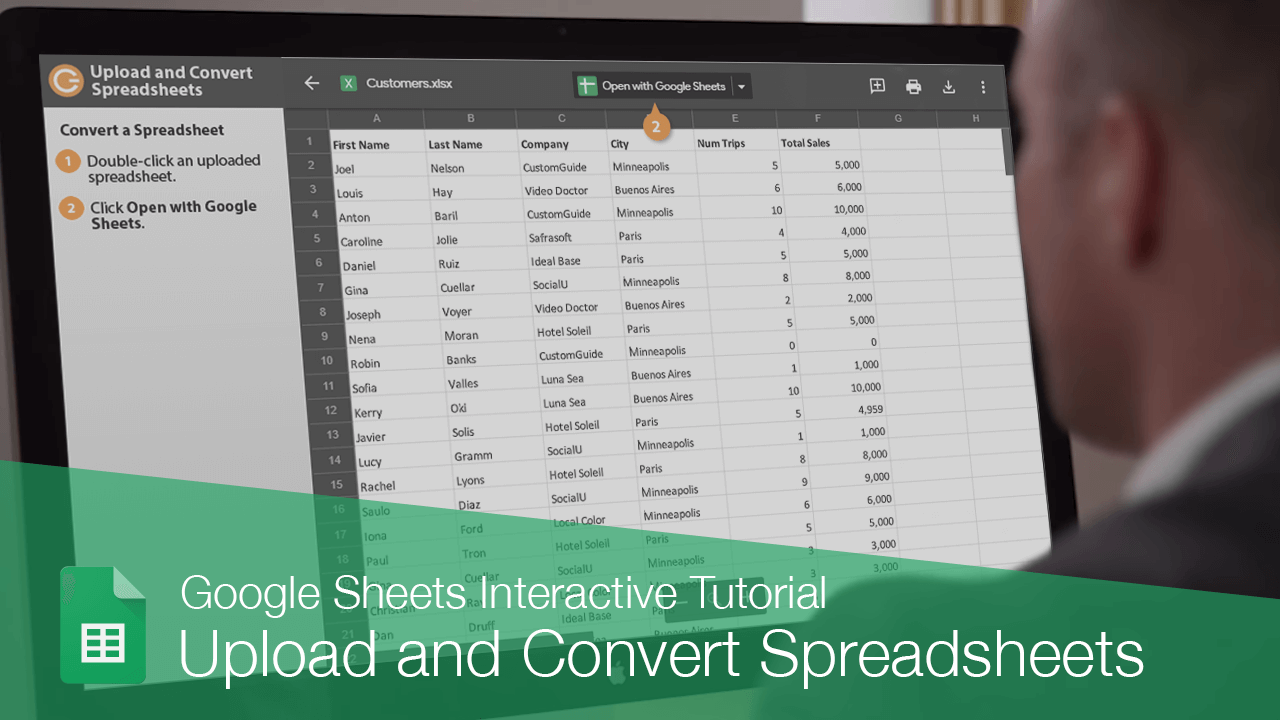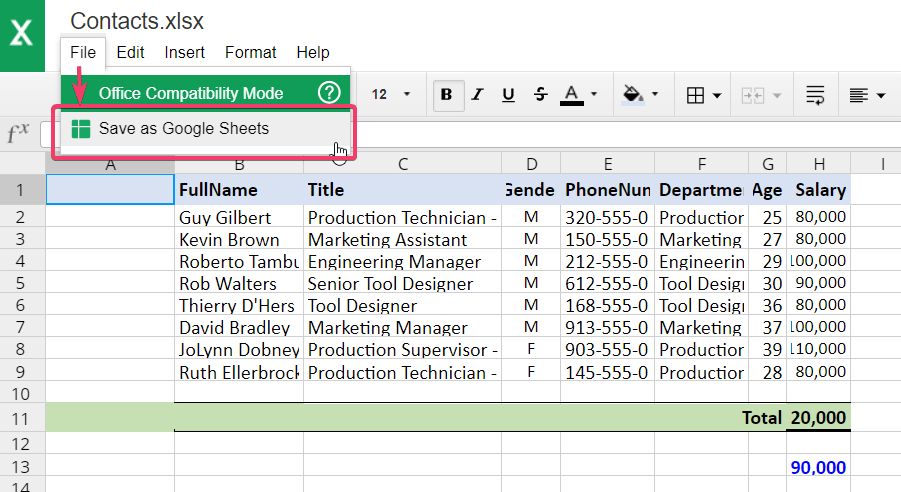Transfer Excel Data to Google Sheets: A Simple Guide

In today's digital age, managing and sharing data effectively is key to any business or individual project. Microsoft Excel and Google Sheets are two of the most popular tools for data manipulation, with each offering unique advantages. While Excel is renowned for its robust offline capabilities and sophisticated features, Google Sheets shines with its real-time collaboration and cloud accessibility. But what if you need to transfer data from an Excel spreadsheet to Google Sheets? This guide will walk you through the process, ensuring your data remains intact and readily accessible for collaboration or further analysis.
Why Transfer Data from Excel to Google Sheets?

Before diving into the process, let’s consider why one might need to convert or move data from Excel to Google Sheets:
- Collaboration: Google Sheets allows multiple users to edit and view the document simultaneously, which is perfect for team projects.
- Accessibility: With Google Sheets, your data is available online, accessible from any device with an internet connection.
- Cost: For those not needing advanced Excel features, Google Sheets is free to use with a Google account.
- Integration: Google Sheets integrates seamlessly with other Google services like Docs, Gmail, and Calendar.
Preparing Your Excel Data

To ensure a smooth transfer:
- Check for Compatibility: Certain Excel functions might not work in Google Sheets. Make note of these for potential manual updates after the transfer.
- Clean Data: Remove any unnecessary formatting, empty rows/columns, and validate data integrity.
- File Format: While .xlsx files are common, ensure your Excel file is saved in a format Google can easily read, like .xlsx or .xls.
Transferring Data to Google Sheets

Follow these steps to convert your Excel file into a Google Sheet:
- Open Google Drive: Navigate to Google Drive on your browser.
- Upload the Excel File:
- Click on “New” in the top-left corner, then “File Upload.”
- Select your Excel file from your computer and wait for it to upload.
- Open with Google Sheets:
- Once uploaded, right-click the file in Google Drive.
- Select “Open With” and then “Google Sheets.”
- Save as a Google Sheets File:
- The file will open in Google Sheets, where you can now edit it.
- Go to File > Save as Google Sheets to save a copy of the file in Google Sheets format.
🔹 Note: After converting, check for any loss of formatting or broken formulas. Some complex Excel functions might need adjustments in Google Sheets.
Post-Conversion Steps

After you’ve moved your data, consider these additional steps:
- Formatting: Review the document for any formatting changes and adjust as necessary.
- Function Conversion: Google Sheets uses similar functions to Excel, but some might require minor tweaks.
- Sharing: Use the Share button to add collaborators, set permissions, and even publish the sheet online if needed.
- Backup: Ensure you have a backup of your original Excel file, in case something goes awry during or after the transfer.
Advanced Tips for Large Datasets

If you’re dealing with larger datasets or complex workbooks, here are some advanced tips:
- Incremental Updates: Instead of moving an entire dataset at once, consider transferring data in stages if it’s massive.
- Scripting: Use Google Apps Script to automate the transfer process for recurring updates.
- Use Google Sheets Add-Ons: There are add-ons designed to help with Excel to Google Sheets migration, providing more control over the process.
🔹 Note: For very large datasets, consider Google Sheets' limitations on cell count and formulas to avoid performance issues.
In Conclusion

Transferring data from Excel to Google Sheets can streamline your workflow, particularly if collaboration and cloud access are priorities. By following this guide, you’ve learned how to move your data efficiently, handle potential pitfalls, and leverage Google Sheets for better project management. Remember, while the transition is relatively straightforward, always double-check your data for accuracy, and consider the unique features each platform offers to optimize your productivity.
What happens to my Excel macros when I transfer to Google Sheets?

+
Excel macros do not directly transfer to Google Sheets. However, you can use Google Apps Script as an alternative for automation, though it might require rewriting the macros.
Can I keep both my Excel and Google Sheets files in sync?

+
Yes, you can manually sync files or use third-party tools like Sheetgo or Zapier to automate updates between Excel and Google Sheets.
Are there limitations when transferring large datasets?

+
Yes, Google Sheets has limitations on cell count, which can impact performance. Consider breaking up very large datasets into multiple sheets or using filtering techniques to manage your data effectively.